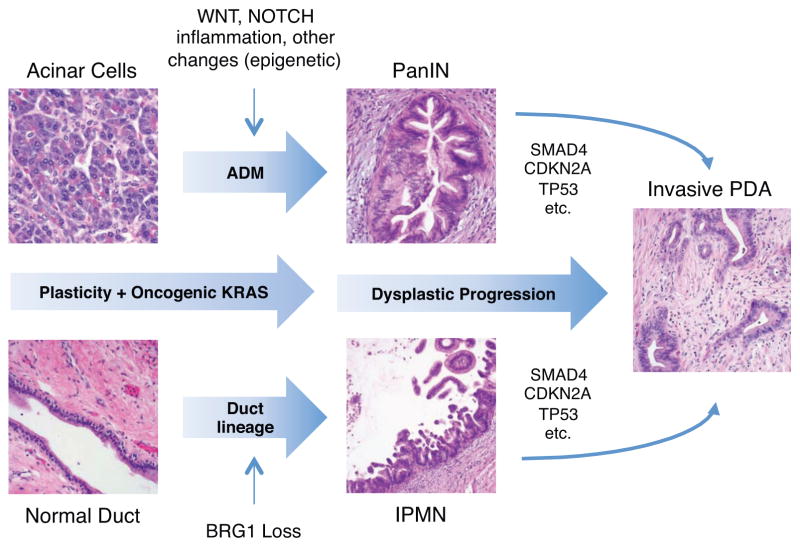Figure 1 Key FIgure. Cellular origins of PDA.
Cellular plasticity in the exocrine pancreas in the context of oncogenic KRAS and/or further insults (i.e., cellular injury) leads to cellular reprogramming and oncogenic transformation. Acinar cells undergo cellular dedifferentiation and transdifferentiation towards ductal lineage in a process referred to as acinar-ductal metaplasia (ADM) with the further eventual rise of duct-like PanIN lesions. ADM and PanIN initiation are also facilitated by aberrant developmental signaling activity. Mature ductal cells may also undergo dedifferentiation to give rise to IPMN lesions in the context of loss of BRG1 and/or other genetic alterations. Both PanIN and IPMN lesions accumulate additional molecular alterations during progression to invasive adenocarcinoma. Cellular reprogramming and dysplastic progression are further facilitated by inflammation (chronic inflammation, macrophages, etc.) and cell-stromal paracrine interactions.

